People Won't Open My Emails & Other Content Marketing Myths
by Doug Davidoff | Feb 17, 2015 1:00:00 PM
Doug Davidoff | Feb 17, 2015 1:00:00 PM
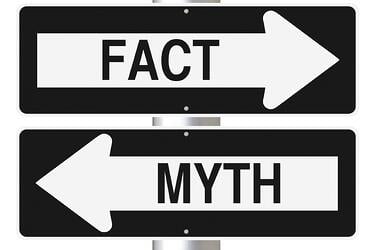 A few weeks ago, I was talking with a CMO who had just started with his company. He was seeking my opinions on digital and inbound marketing.
A few weeks ago, I was talking with a CMO who had just started with his company. He was seeking my opinions on digital and inbound marketing.
After I finished running through the approach and the math behind inbound, he responded by saying, in effect, “Yeah, I just don’t think it will work. You’ve seen the studies and people are overwhelmed with email and they just won’t read it anymore.”
Let’s put aside the fact that he had no data to back up his assertions; his sentiment is one that I’ve heard in a variety of ways from any number of people. Despite all of the evidence that (done properly) inbound marketing works, there is still a lot of resistance. Today, I’d like to begin to address the most common myths I confront.
People are inundated with emails today and they simply won’t read marketing emails.
As with all myths, the danger here is that it contains some truth. We certainly get more emails than we ever have, and open rates are down; but by no means is it safe to say that email doesn’t work.
The reality is that email is still highly effective, with 59% of B2B marketers saying that email is their most effective channel at creating revenue. A recent benchmarking study conducted by MailChimp (reviewing billions of emails sent each month), found email to still be highly effective.

As you can see from the chart above, there is still a significant open and click rate. Additionally, there are a number of things you can do to drive open, click and engagement rates up:
- Personalizing emails improves click-through rates by 14% and conversion rates by 10%. (Source: Aberdeen Group)
- Relevant emails drive 18x more revenue than broadcast emails.
- Triggered email messages get 119% higher click-through rates than "business as usual" messages. (Epsilon)
The bottom line is that when you take the time to create compelling, relevant and contextual emails, it is still one of the strongest arrows in your B2B lead generation and marketing quiver.
There’s too much content, mine will never stand out.
This myth is a close cousin to email. Yes, there is a tremendous amount of content and the vast majority of it fails…with good reason.
The key to winning the inbound marketing game is not to focus on how many people are engaged with your content, but who is engaged with it. Success comes from having the right people engaging with your materials at the right time in the right way.
And while there’s virtually an infinite amount of content out there, the data still supports those people and organizations who spend the time, focus and effort to create challenging, relevant content:
- Marketers who have prioritized blogging are 13x more likely to enjoy positive ROI. (HubSpot State of Inbound, 2014)
- 79% of companies that have a blog report a positive ROI for inbound marketing in 2013. (HubSpot State of Inbound, 2013)
- Website conversion rate is nearly 6x higher for content marketing adopters than non-adopters (2.9% vs 0.5%). (Source:Aberdeen)
- While the increased level of content has certainly made it harder to stand out, it’s also made it necessary to be there. Consider 93% of B2B marketers use content marketing. (Source:CMI)
Shorter Is Better
Who doesn’t believe this one? In today’s crazy-busy, ADHD infused world, who has time for long blog posts and articles? In my own little, non-scientific test, I asked 100 people how long they thought the ideal blog post would be to maximize impact. The most common answer was less than 300 words, followed by less than 500 words.
Let’s look at the data.
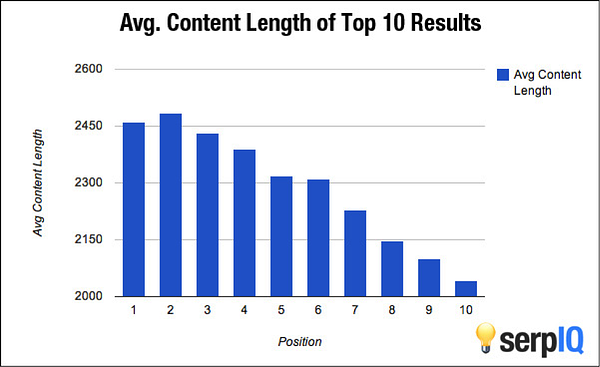
A review of top pages by SERP ranking conducted by SerpIQ found that the highest ranking pages had more than 2500 words. Their study found that 1500 words is the ideal target.
A study by Medium found the ideal blog length was seven minutes. For this research, Medium found that the ideal length of time someone spent on a blog past was 7 minutes, or roughly 1,600 words.
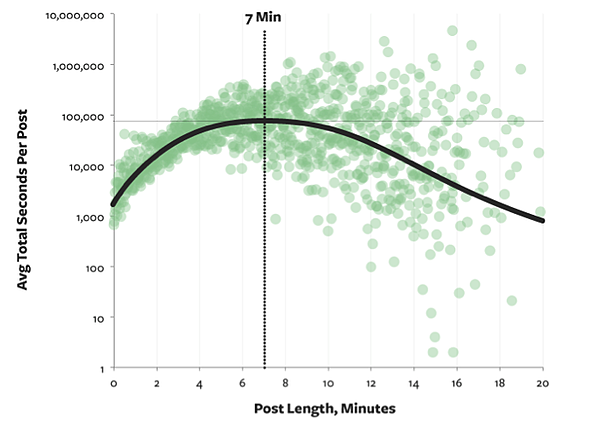
Let’s not forget video and webinars. Surely shorter is better here. Afterall, who has an hour these days to watch a webinar?
On24 Webinar Benchmark report highlights that average viewing time is actually going up. For live webinars, viewing time is now 56 minutes, with on-demand viewing time at 26 minutes.
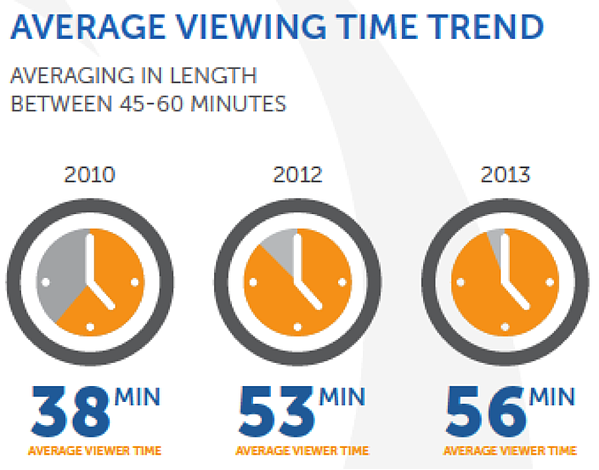
It goes without saying that that longer posts need to be worthy of their length. The goal should not be to write long posts for the sake of writing long posts.
Images are Better Than Text
This is one of my favorite myths. Who doesn’t prefer emails loaded with beautiful images rather than text? The 2014 Science of Email Marketing report highlighted that 2/3rds of respondents say they prefer mostly image filled emails. However, when actual email response if evaluated (based upon real behaviors, not responses to surveys) the data tells a very different story:
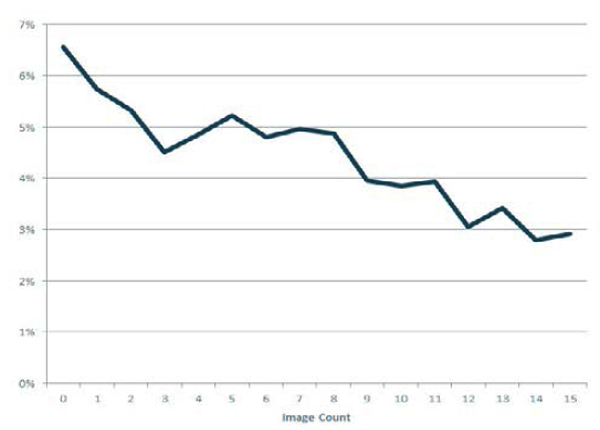
As the number of images in an email increases, the data shows that the actual click-through rate of the email decreases. The trend follows for virtually every image added.
Does this mean you should take out all of the images from your emails and blog posts? No.
The point of this entire post is to highlight that we no longer need to live in a world of myths and opinions. The data is there for us to move beyond opinions and anecdotes. Even more importantly, your data is there for you.
I’ve shared a lot of general benchmarks here. You experience is certainly going to vary from someone else’s experience. Further as you move forward and the market environment changes your results will change as well. You should constantly be testing, experimenting and tracking. In addition to great lead generation and predictable growth, it’s one of the great benefits of inbound marketing.


